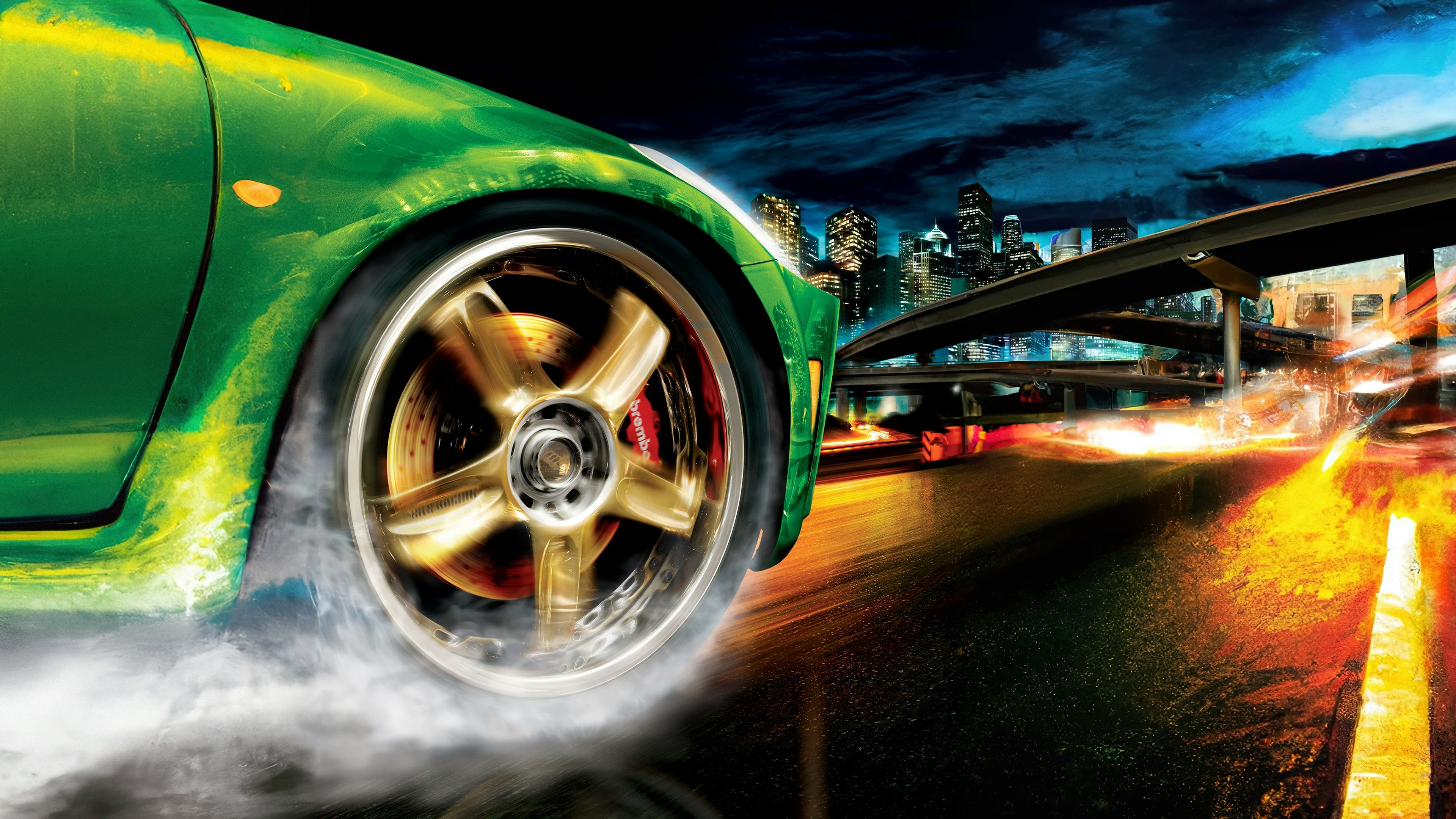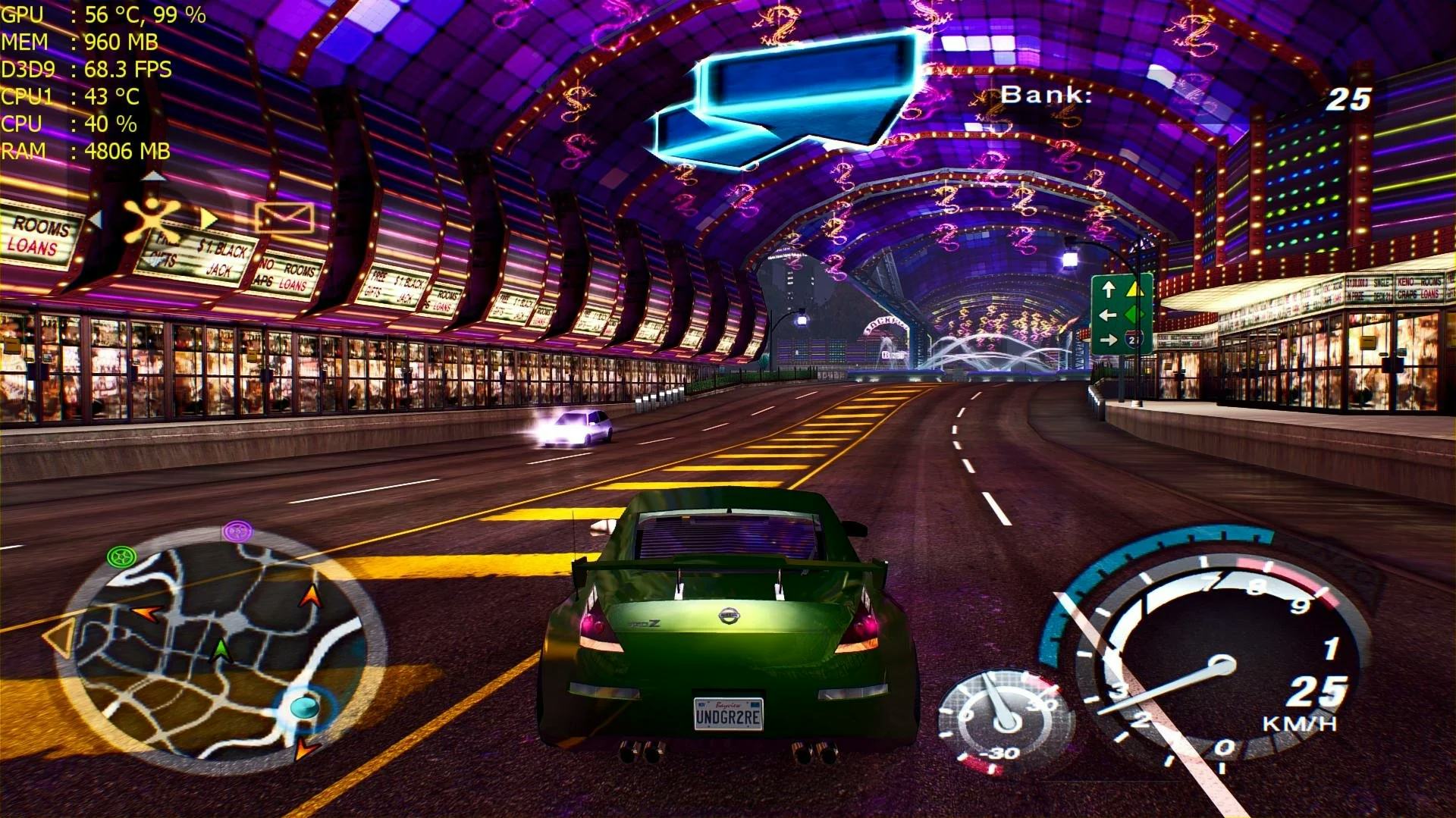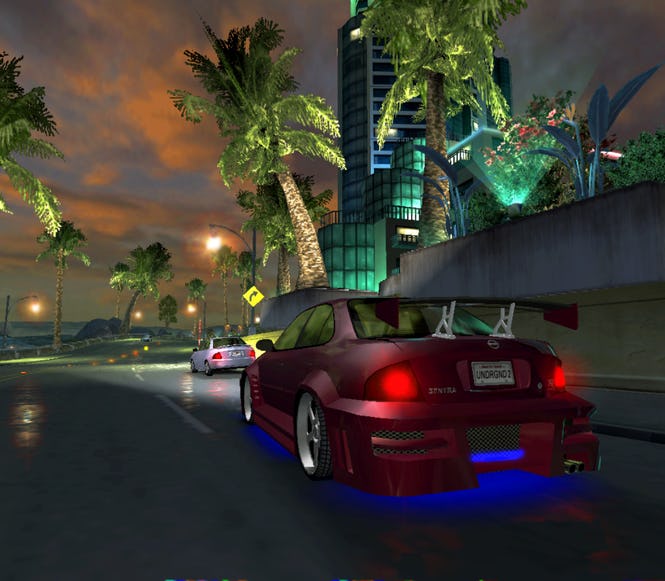
The Need For Speed series was one of the earliest to understand that not all racing game players wanted the impenetrable realism of simulation games or the over-the-top Looney Toons antics of Nintendo’s Mario Kart. In 1994, Electronic Arts created the perfect middle ground for casual and hardcore gamers alike, one that married the fun, skin-of-your-teeth handling of arcade racing games with the same attention to detail that would boost franchises like Forza and Gran Turismo to the top of sales charts just a few years later.
By the series' 10th anniversary, however, the landscape of racing games had changed dramatically. The Turismo series made simulation games more approachable than ever, becoming the gold standard for console racing games. For those still not inclined to try the modern racing sim, there were several great alternatives. Games like Ridge Racer, Sega Rally Championship, and Daytona USA found the same magic middle ground that Need For Speed did a decade earlier.
So how would Need for Speed manage to stay relevant at such a crucial time in the series? It found inspiration in popular contemporary car culture and game design. In 2004, Need for Speed Underground 2 perfected what it started one year earlier kicking off a golden era revival of the popular racing series.
Need for Speed Underground 2 is a sequel to 2003’s Need for Speed Underground. The first Underground game in the subseries wisely pivoted away from the high-octane police chase and highway sprints of earlier entries. It instead embraced the early 2000s’ obsession with illegal street racing and tricked-out rides.
For anyone paying attention to pop culture, this was a no-brainer switch-up. Just a couple of years earlier, The Fast and The Furious would make street racing as cutting edge as frosted tips and MP3 players. Shortly afterward, the growing popularity of southern hip-hop and television shows like MTV’s Pimp My Ride made customizing one’s vehicle synonymous with status. If you were a kid at the time, there’s a good chance that a car with LED lights under the body and plasma screens lining its side doors made you exclaim “hell yeah” in one way or another.
When Underground 2 landed a year later, players happily lined up. It was already clear that developer EA Black Box had its finger on the pulse. But this sequel proved it had a suffocating grip on the beating heart of cool. Underground 2 put Need for Speed in an open-world setting for the first time. This was a revolutionary melding of contemporary car culture and contemporary game design.

These days, open-world racing games are more plentiful than traditional track-based racing games. But at the time, the change was liberating. Underground 2 was released just a few weeks after Rockstar’s magnum opus, Grand Theft Auto: San Andreas. For Need For Speed, borrowing elements from the biggest franchise of the generation was a logical next step. At the time, only the Midnight Club series (another Rockstar Games joint) had really attempted to set a racing game in an open city. But Midnight Club 1 and 2 lacked the licensed cars to get gearheads excited to hit the streets.
As a result, no other game made players feel like Dominic Torreto cruising the streets at night in a Ford Mustang looking for trouble. Its soundtrack, which included songs from Snoop Dogg, Xzibit, Fat Joe, My Chemical Romance, and Chingy only furthered the filmic fantasy.
Underground 2 also made some core changes to its gameplay. It was a game that rewarded high-risk, cinematic driving with nitrous boosts. Turning a sharp corner perfectly and narrowly missing ongoing traffic, then hitting the boost on a straightaway was the epitome of cool. It was a mechanic lifted directly from Burnout 3, another EA-published game that was released just two months prior, and it felt right at home.

The lasting impact of Underground 2 would be felt for years afterward. Subsequent games, like 2005’s Most Wanted and 2006’s Carbon were slight interpolations on Underground 2’s winning formula. Each of these spiritual sequels is arguably just as good as Underground 2. But both games are ultimately a continuation of what EA Black Box already perfected.
A racing game rarely stands out in such a stacked year. 2004 saw the release of generation-defining titles like Metal Gear Solid 3, World of Warcraft, Halo 2, and a new Grand Theft Auto. And yet, Underground 2 remains one of the most pivotal games in its genre, one fondly remembered by casual and hardcore racing fans alike. Need for Speed: Underground 2 was the perfect game released at the perfect moment. And it should be remembered as an all-time high for one of gaming’s groundbreaking franchises.







